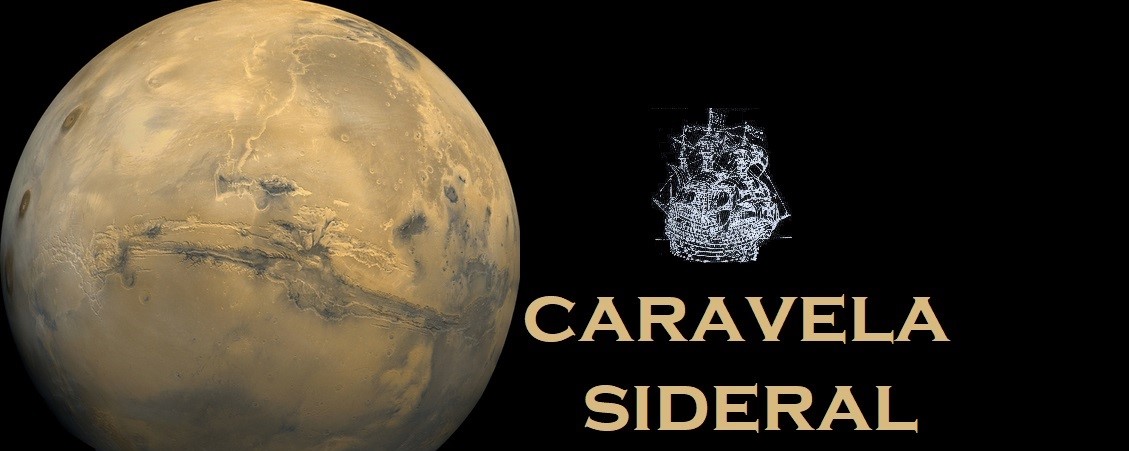Segundo o site do LSST, este é um projecto de pesquisa profunda do céu para dez anos, de modo a cobrir todo o firmamento em poucos dias e capaz de detectar variações quase em tempo real, estudar a matéria e energia negras, os asteróides potencialmente perigosos e a formação da estrutura da Via Láctea.
Está a ser construído no Norte do Chile, no topo do Cerro Pachon e deverá entrar em funcionamento em 2022.
The Large Synoptic Survey Telescope (LSST) will have a main mirror of 8.4 meters and the largest digital camera in the world, capable of generating in each exposure, in six colors, images that cover 49 times the area of the moon and a sophisticated system for collection and processing of huge amounts of data.
According to the LSST website, this is a deep space research project for ten years, to cover the entire sky in a few days and able to detect variations in near real time, study black matter and energy, potentially asardous asteroids and the structure of the Milky Way.
It is being built in northern Chile, at the top of Cerro Pachon and is due to begin working in 2022.
 |
| Imagem LSST |
 |
| Imagem LSST |
 |
| Imagem LSST |
 |
| O interior deste fabuloso telescópio. The interior of this fabulous telescope. |










